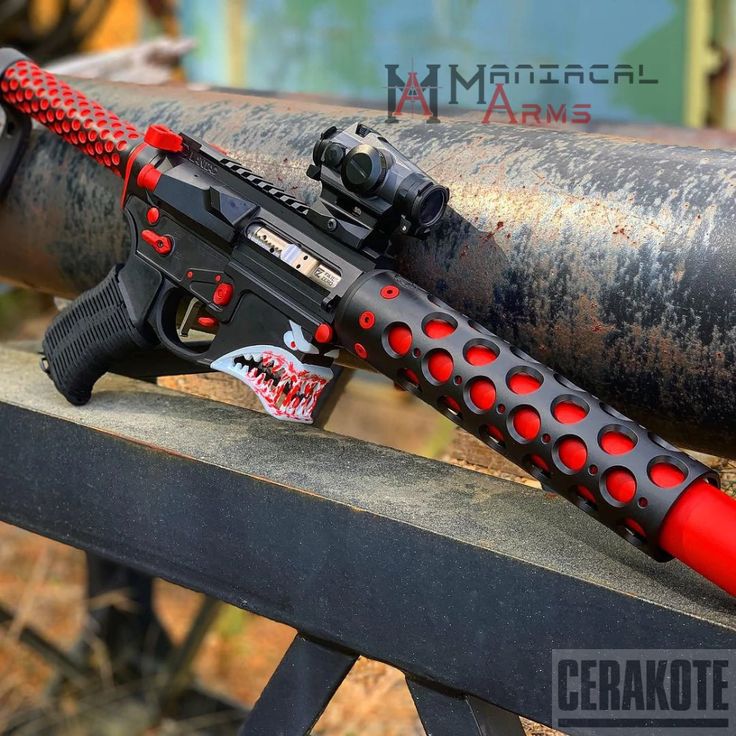Finding the Best Linux Distribution for Gaming: 2025 Edition
Introduction: Why Linux for Gaming?
Linux has grown into a robust platform for gaming, thanks to advancements in driver support, compatibility layers like Proton, and a vibrant open-source community. As more developers and hardware vendors embrace Linux, choosing the right distribution (distro) can dramatically improve your gaming experience. This guide explores the best Linux distros for gaming in 2025, offering detailed comparisons, real-world examples, and actionable steps for new and experienced users alike.
Key Factors in Choosing a Gaming Linux Distro
Selecting the best Linux distro for gaming involves considering compatibility, hardware support, ease of use, and access to software such as Steam, Lutris, and emulators. The ideal distro should offer:
- Easy installation of popular game platforms
- Strong support for graphics drivers (Nvidia, AMD, Intel)
- Stability and regular updates
- A familiar or customizable user interface
- Pre-installed or easily available gaming tools
Top Linux Distros for Gaming in 2025
Pop!_OS
Pop!_OS, developed by System76, stands out for its seamless support for hybrid graphics, making it especially valuable for users with laptops or desktops using both integrated and dedicated GPUs. This feature allows you to easily select which GPU to use for each game, maximizing performance and battery life. Pop!_OS is based on Ubuntu LTS, ensuring stability and long-term support. It offers a special edition with Nvidia drivers pre-installed, simplifying the setup for those with Nvidia hardware. The Pop!_Shop software store streamlines access to essential gaming apps like Steam, Lutris, and GameHub, getting you up and running quickly [1] .
Implementation: Download the latest Pop!_OS ISO from the official System76 website, select the appropriate version for your hardware (Intel/AMD or Nvidia), and create a bootable USB drive using tools like Balena Etcher. During installation, the system will handle driver setup and offer encryption by default for added security.
Potential Challenges: Some older hardware may require additional driver configuration. System76 provides extensive documentation and community support forums for troubleshooting.
Kubuntu
Kubuntu leverages Ubuntu’s extensive hardware compatibility and package ecosystem, combined with the KDE Plasma desktop environment. KDE Plasma is the same desktop used in the Steam Deck’s Desktop Mode, offering a familiar experience for Windows gamers. The interface is highly customizable, but sane defaults mean you can start gaming right away. The latest Long Term Support (LTS) versions offer security updates for years, reducing maintenance headaches. Kubuntu makes it easy to install Steam and other gaming platforms directly from its software manager [2] .
Implementation: Download the latest Kubuntu ISO from the official Kubuntu website, create a bootable installer, and follow the guided installation. After setup, install Steam and Lutris from the Discover software center or via terminal commands if preferred.
Alternative Approaches: Users who prefer Gnome can opt for Ubuntu or Pop!_OS, while those seeking a minimal interface might consider Xubuntu or Lubuntu variants.
Bazzite
Bazzite is a Fedora-based distro specifically tuned for gaming, with Steam pre-installed and built-in support for both desktop and handheld devices such as the Steam Deck, Lenovo Legion Go, and ASUS ROG Ally. Unlike most distros, Bazzite is designed to be a ‘just works’ solution out of the box, supporting games from multiple stores including EA App, Epic Games Store, GOG.com, and others. Its focus on atomic updates ensures system stability and security while minimizing downtime [3] .
Implementation: Visit the Bazzite website to find the correct image for your device. Download and write the image to a USB stick, then follow on-screen instructions for installation. For handhelds, check the specific device compatibility guides provided on the Bazzite site.
Potential Challenges: Bazzite’s device-specific nature means some peripherals may require manual configuration. Community forums and documentation are available for troubleshooting.
Linux Mint
Linux Mint is renowned for its user-friendly approach and Windows-like Cinnamon desktop, making it an excellent choice for new Linux users. Mint runs efficiently on older hardware, with many Steam games working out of the box. It features straightforward access to drivers and codecs, and the software manager includes Steam, Lutris, and many emulators. Mint’s familiar interface eases the transition for users moving from Windows or Mac systems [4] .
Implementation: Download Linux Mint from the official website, select the Cinnamon edition for the most Windows-like experience, and use Balena Etcher to create a bootable USB. After installation, use the Driver Manager tool to install any recommended updates or proprietary graphics drivers.
Alternative Approaches: If you desire a more minimal interface, Mint also offers MATE and Xfce editions.
ChimeraOS
ChimeraOS is purpose-built for living room gaming. It boots directly into Steam Big Picture mode, making it ideal for setups where a controller is preferred over mouse and keyboard. ChimeraOS includes Flatpak support for easy installation of emulators and other game stores. Its controller-friendly UI ensures a console-like experience, perfect for media centers or dedicated gaming PCs [5] .

Source: wallpapers.com
Implementation: Download the official ChimeraOS image, flash it to a USB drive, and install on your hardware. Once installed, you’ll be greeted by Steam Big Picture mode and can add additional apps via the integrated Flatpak manager.
Potential Challenges: The focus on controller-based navigation means ChimeraOS is less suited to productivity or general desktop use. For gaming-only rigs, it excels.
Step-by-Step: Setting Up Your Gaming Distro
- Research your hardware. Identify your GPU, CPU, and storage. Check compatibility lists on the chosen distro’s website.
- Download the ISO. Visit the official website of your selected distro (Pop!_OS, Kubuntu, Bazzite, Linux Mint, etc.). Do not use third-party download sites.
- Create a bootable USB stick. Use a tool like Balena Etcher or Rufus to write the ISO to a USB drive.
- Back up your data. Before installing, ensure any important files are backed up externally.
- Install the distro. Boot from the USB, follow the installer’s prompts, and select appropriate options for partitioning and drivers.
- Update the system. After installation, open the software updater to get the latest patches and security updates.
- Install Steam and game platforms. Use the built-in app store or terminal to install Steam, Lutris, and any emulators you want. For Nvidia cards, install proprietary drivers through the driver manager or software center.
- Test your games. Launch Steam, sign in, and download your favorite titles. Use Proton (built into Steam) to run Windows-only games, and configure additional launchers via Lutris as needed.
Potential Challenges and Solutions
While modern gaming distros offer robust out-of-the-box support, you may encounter issues such as missing drivers, controller compatibility, or problems running certain anti-cheat protected games. Most distros provide extensive documentation and active forums for troubleshooting. If you need a specific gaming feature, search for it in your distro’s documentation or community wiki. For anti-cheat issues, check the game’s support page for Linux compatibility or look for Proton community workarounds.

Source: logos-world.net
Alternative Approaches
If none of the above distros meet your needs, consider Fedora Games Lab, Drauger OS, or Nobara. Fedora Games Lab offers a vast library of pre-installed open-source games and is based on Fedora, known for its security and up-to-date software. Drauger OS is designed specifically for high-performance gaming, emphasizing low latency and fast kernel updates. Nobara builds upon Fedora with additional tweaks for gaming performance, though some users have reported stability concerns. Always consult user reviews and official documentation before deciding.
Summary and Key Takeaways
The best Linux distro for gaming depends on your hardware, preferred interface, and gaming style. Pop!_OS and Kubuntu are top choices for most users, offering strong hardware support and easy access to gaming platforms. Bazzite shines for handhelds and all-in-one solutions, while Linux Mint remains a go-to for new users. ChimeraOS specializes in console-like experiences. Whichever you choose, always download from official sources, keep your system updated, and leverage community forums for support. With these steps, you can unlock the full potential of Linux gaming in 2025.


